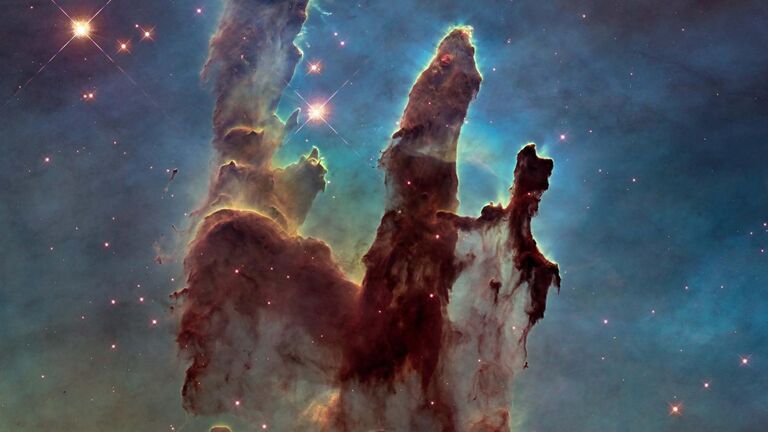
Weaving Art and Astronomy
A recent article in Time Magazine discusses the significant connection between astronomy and art. From Galileo who drew on artistic techniques of perspective and chiaroscuro to show the mountains and craters on the moon’s imperfect surface to the recent work of Benedikt Diemer, a cosmologist at the Harvard-Smithsonian Center for Astrophysics and SAIC alum Isaac Facio (BFA 2001, MFA 2017), art and astronomy have been inseparable for centuries.
Diemer and Facio's collaborative art project, The Fabric of the Universe, begun in 2014, weaves astronomical data into art. Using computer simulations of the structure of the universe, Diemer and Facio build solid models using 3D printing that show how gas and dark matter connect massive clusters of galaxies—what astronomers call the cosmic web. The models show features that can’t be seen in two dimensions, reports Time.
"With the aid of a specialized loom, they have also created woven installations nearly the size of a van that visualize the interconnectivity of the cosmic web. 'We believe that art, as much as science, seeks to say something true about the nature of existence,' they wrote in a 2017 paper on their collaboration, 'and that end is best served by artistic representation that grapples with real data and not only with allegorical concepts,'" reports Time.
